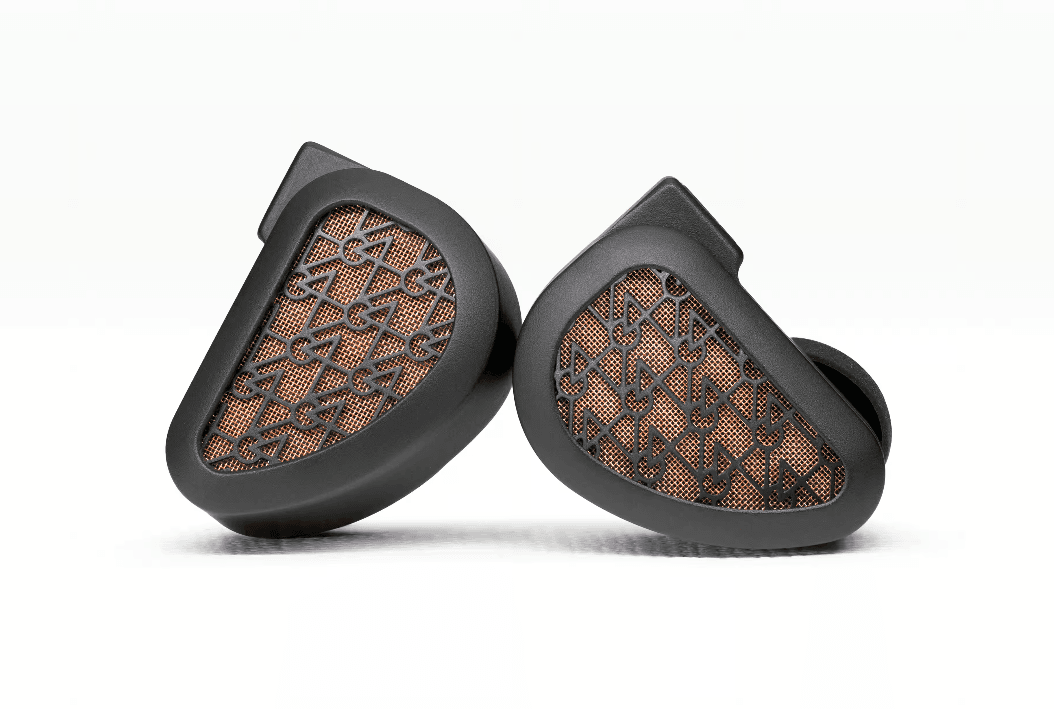Cantorvs.Solo
Sound & Specs Comparison
Information
Both IEMs are widely regarded in the audiophile community. See how they differ in terms of sub-bass response, upper mids, clarity, and overall tonality. Spider charts and rating breakdowns included.
Objective Comparison
Facts, details, stuff.
| General Info | Cantor | Solo |
|---|---|---|
| Brand | AFUL | 64 Audio |
| Country | Taiwan | USA |
| IEM Description | The AFUL Cantor combines technical precision with musicality in a hybrid design. Featuring a dynamic driver for powerful bass and multiple balanced armatures for clean mids and sparkly highs, it delivers a spacious soundstage with excellent separation. Tuning leans slightly toward a balanced-bright signature, making it a solid choice for detail lovers who still want some low-end punch. | – |
| Price Level | 500 – 1.000 | 1.000 – 2.000 |
| Housing & Driver | ||
|---|---|---|
| Driver Config | Multi-BA | – |
| Driver Types | Balanced Armature | Planar Magnetic Driver |
| Shell Material | – | – |
| Cable | 4Braid 5N OFC Cable | – |
| Technical | ||
|---|---|---|
| Freq Range | – | – |
| Impedance (Ω) | 20 | – |
| Sensitivity (dB) | 106 | – |
| Crossover | RLC Network Electronic Crossover | – |
| Platform Info | ||
|---|---|---|
| Comments | 2 | 0 |
| Visit Count | 134 | 27 |
| External Reviews | 1 | 0 |
Meta Ratings
// Nothing to compare yet.
Sound Characteristics
Cantor delivers a tighter sub-bass response, controlling low-end rumble with more precision than Solo (8.5 vs 5.5). It renders bass with m greater punch and separation, where Solo sometimes feels bloated (9 vs 6). It translates bass vibrations into a m more visceral experience, while Solo lacks this tactile feedback (8.5 vs 5.5). It achieves a better warmth and coherence in the lower mids, bringing more realism to guitars and cellos (8.5 vs 7.5). It reproduces female vocals and strings with a more air and forwardness, while Solo remains recessed (8 vs 7). Instruments like violins and brass are portrayed with s more brilliance on It, while Solo sounds slightly dull (8 vs 6.5). The upper treble of It extends m further, offering more sparkle and openness than Solo (7.5 vs 5.5). Listeners may notice that It presents sounds with m more lateral space, giving recordings more openness than Solo (8 vs 5). It retrieves micro-details n more effectively, revealing nuances that are less apparent in Solo (8.8 vs 6). Track elements feel s more isolated and clean on It, offering clearer focus than Solo (8.3 vs 5.5). It keeps competing frequencies under control a more effectively, reducing sonic congestion compared to Solo (8 vs 6.5). The note presentation is a fuller and more tactile on It, giving instruments a stronger physical presence than Solo (7.5 vs 7). It hits with overwhelmingly more authority during transients, creating a more explosive effect than Solo (8.5 vs 4.5). It handles sibilant sounds overwhelmingly more gently, with fewer peaks and less sharpness than Solo (8.5 vs 3.5). It achieves m better tonal neutrality, avoiding colorations present in Solo (8.8 vs 7). The grain and surface of instruments are rendered s more vividly by It, while Solo feels flatter (8 vs 5.5).
| Cantor | Solo | |
|---|---|---|
| Sub Bass | 8.5 | 5.5 |
| Bass | 9.0 | 6.0 |
| Bass Feel | 8.5 | 5.5 |
| Lower Mids | 8.5 | 7.5 |
| Upper Mids | 8.0 | 7.0 |
| Lower Treble | 8.0 | 6.5 |
| Upper Treble | 7.5 | 5.5 |
| Sound Stage Width | 8.0 | 5.0 |
| Detail | 8.8 | 6.0 |
| Layering | 8.3 | 5.5 |
| Masking | 8.0 | 6.5 |
| Note Weight | 7.5 | 7.0 |
| Slam | 8.5 | 4.5 |
| Sibilance | 8.5 | 3.5 |
| Timbre Color | 7.5 | 7.5 |
| Tonality | 8.8 | 7.0 |
| Texture | 8.0 | 5.5 |
Tonal Signature
// Nothing to compare yet.

